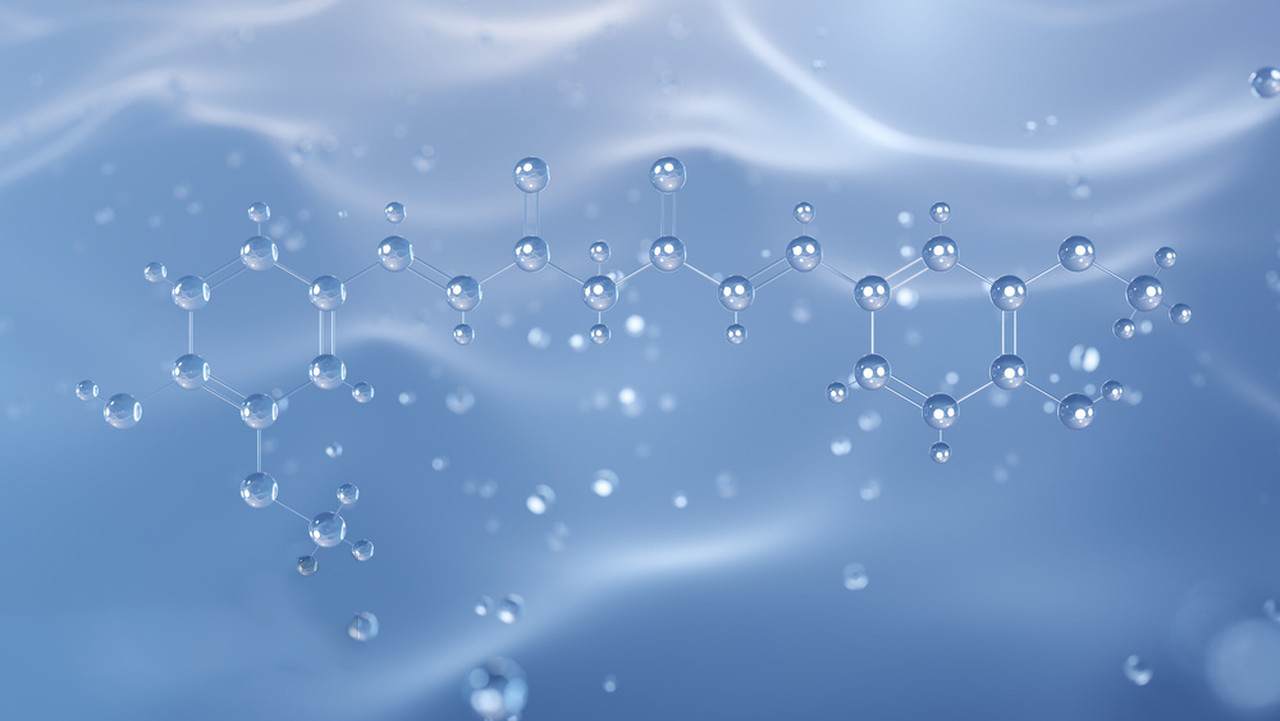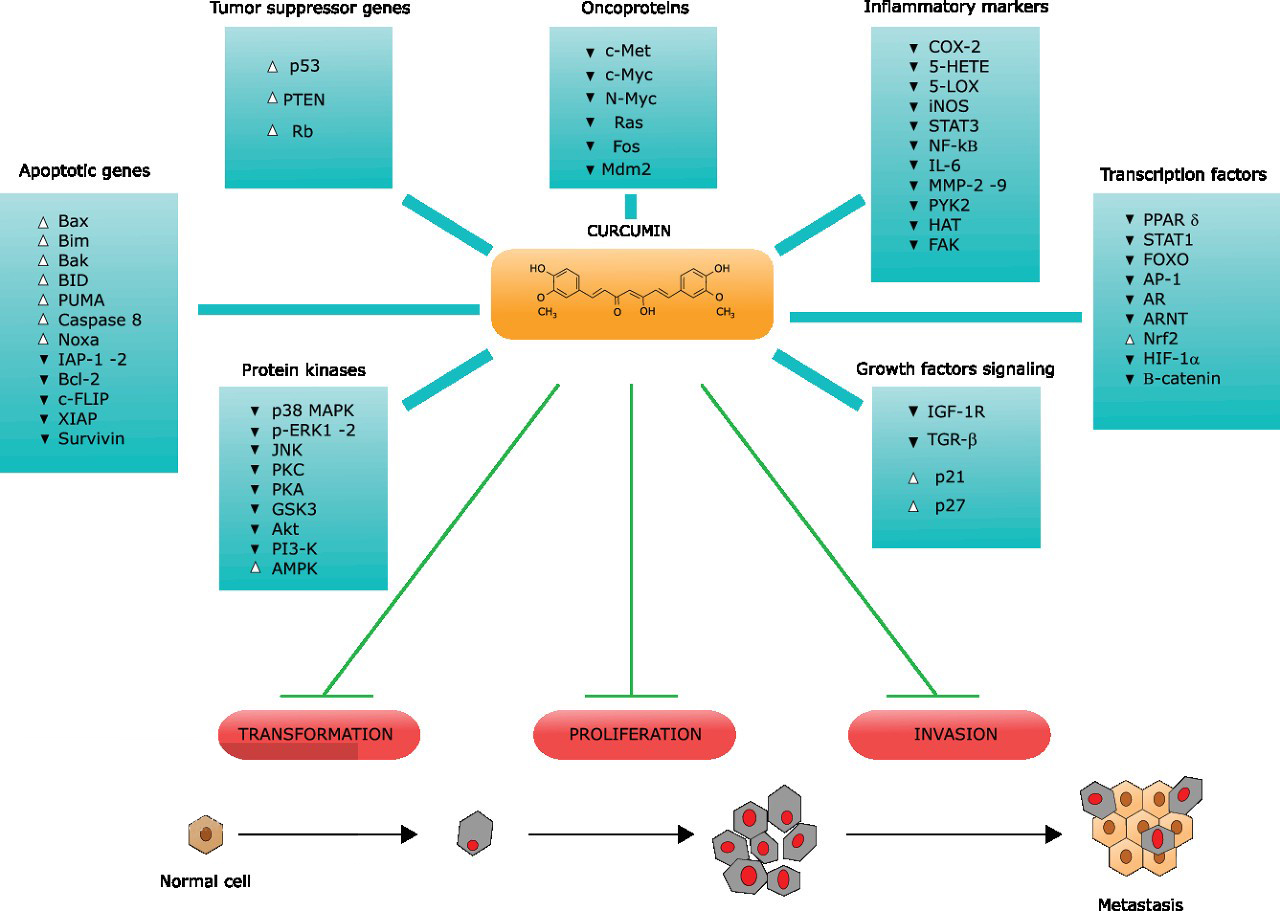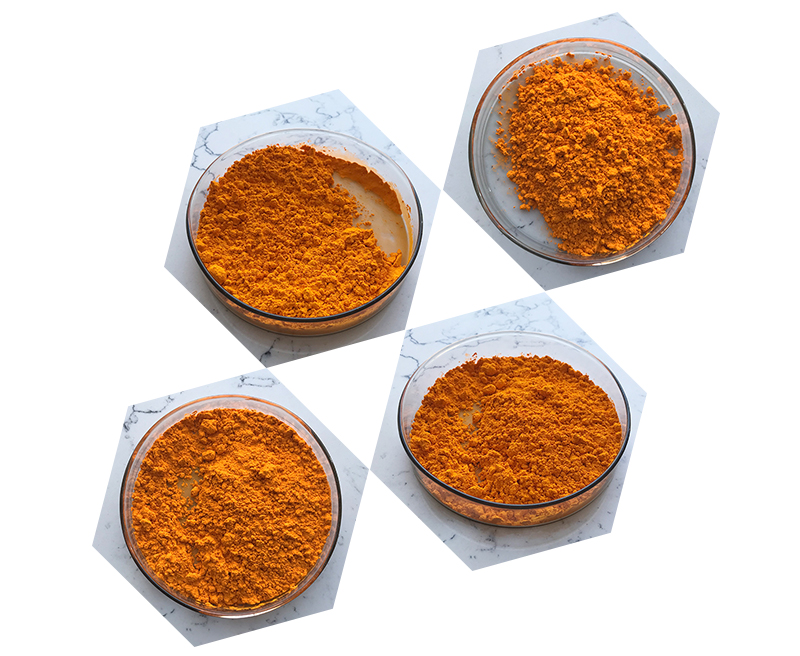Curcumin, the main bioactive compound in turmeric, has garnered significant attention for its antioxidant, anti-inflammatory, and antimicrobial properties. Extracting curcumin efficiently is challenging due to its low natural concentration in turmeric (2-5% by weight) and its poor solubility in water. Various extraction methods have been developed to maximize yield, purity, and bioavailability, each with distinct advantages and limitations.
1. Solvent Extraction
- Process: Turmeric is soaked in solvents like ethanol, methanol, acetone, or hexane to dissolve curcumin, which is then separated and purified.
- Advantages: Simple and cost-effective for large-scale extraction.
- Disadvantages: Some solvents are toxic and need to be fully removed to ensure the final product’s safety.

2. Supercritical Fluid Extraction (SFE)
- Process: Supercritical carbon dioxide (CO₂), often combined with co-solvents (e.g., ethanol), is used under high pressure and temperature to dissolve and extract curcumin from turmeric.
- Advantages: Environmentally friendly, solvent-free, and produces high-purity extracts. CO₂ is non-toxic, leaving no harmful residues.
- Disadvantages: High initial cost and complex setup make it less accessible for smaller producers.
3. Ultrasonic-Assisted Extraction (UAE)
- Process: High-frequency ultrasound waves disrupt turmeric cell walls, enhancing the penetration of solvents and releasing curcumin more effectively.
- Advantages: Reduces extraction time and solvent consumption, improving efficiency.
- Disadvantages: Limited scalability, as specialized equipment is required for larger quantities.
4. Microwave-Assisted Extraction (MAE)
- Process: Microwaves heat the turmeric, creating pressure within the cells and releasing curcumin into a solvent.
- Advantages: Rapid and efficient, requiring less solvent and energy compared to traditional methods.
- Disadvantages: High operational temperatures can degrade some curcumin, affecting the yield.

5. Enzyme-Assisted Extraction (EAE)
- Process: Enzymes like cellulase and pectinase are used to break down the plant cell wall, allowing curcumin to be more easily released into the solvent.
- Advantages: Environmentally friendly and effective at lower temperatures, preserving curcumin’s structure.
- Disadvantages: Relatively slow, and enzyme costs can increase production expenses.
6. Hydro-Distillation and Steam Distillation
- Process: Turmeric powder is steamed, and volatile components, including curcumin, are condensed and collected.
- Advantages: Simple and widely available method.
- Disadvantages: Not as efficient for non-volatile curcumin, and often requires further purification.
7. Nanotechnology-Based Approaches
- Process: Techniques like nano-encapsulation and nano-emulsification are used to extract and increase the bioavailability of curcumin.
- Advantages: Enhances stability, solubility, and absorption in the body, maximizing curcumin’s benefits.
- Disadvantages: Technologically complex and costly, often used in pharmaceutical applications.

Selecting the Right Method
The ideal method depends on the desired curcumin purity, scalability, environmental considerations, and cost constraints. Supercritical fluid extraction is preferred for its purity and safety, while solvent extraction remains widely used due to cost-efficiency. Emerging technologies like nanotechnology offer promising bioavailability but are often reserved for specialized applications.
